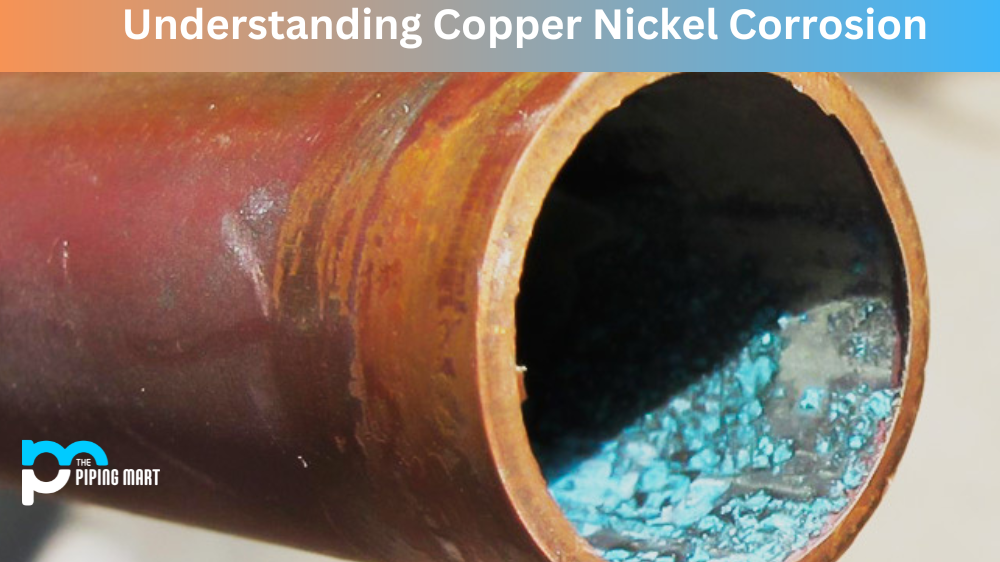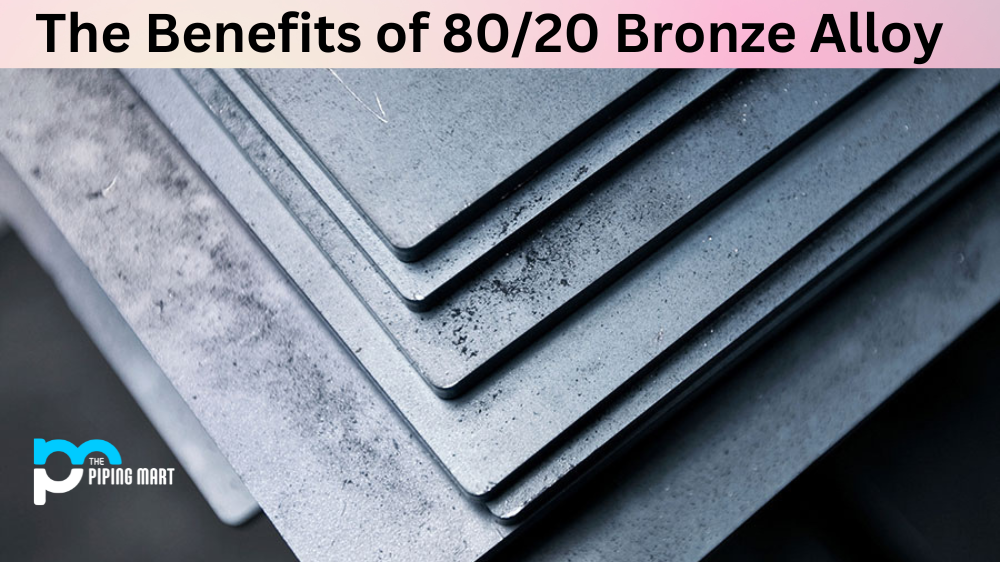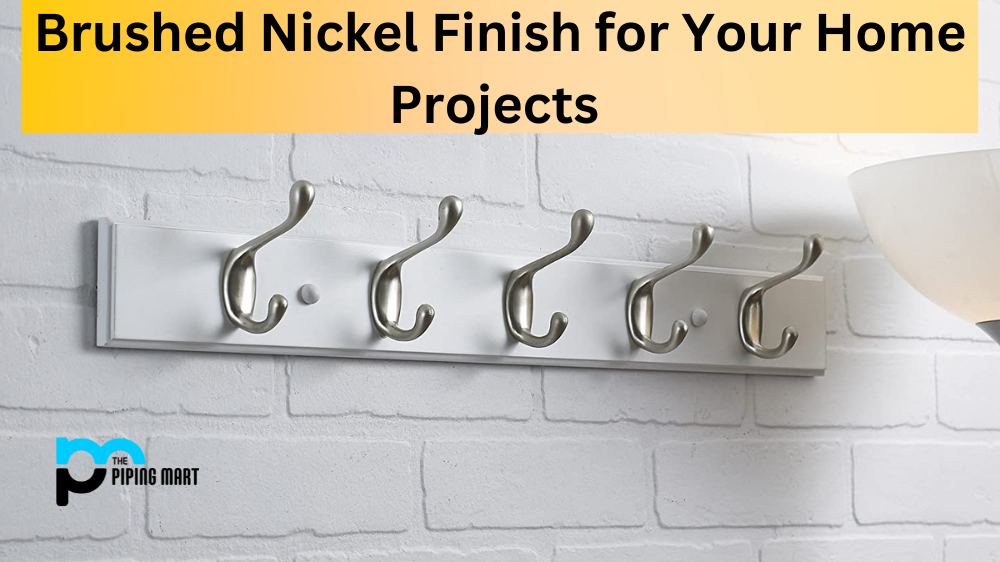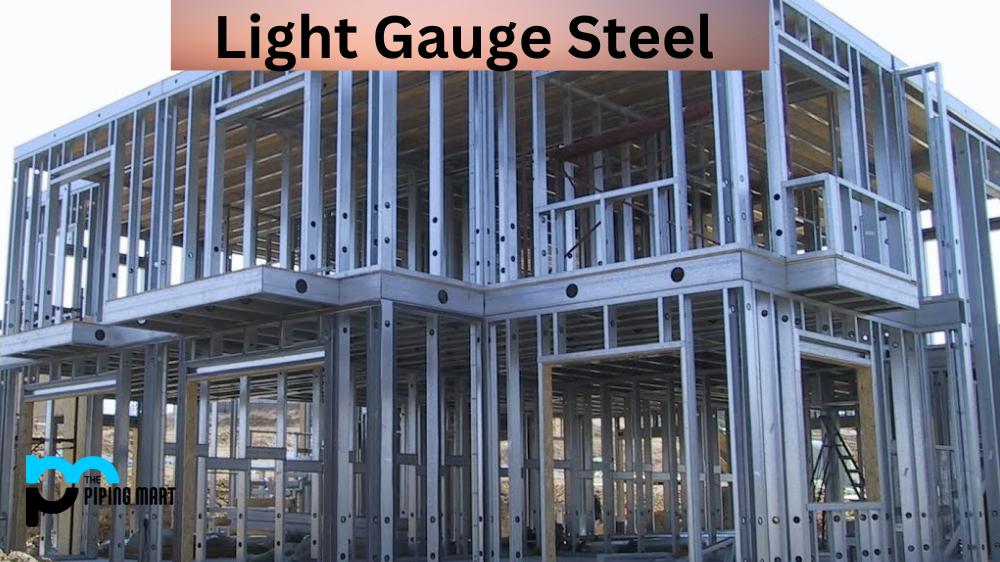When it comes to metalworking, corrosion is a severe problem that can significantly reduce the lifespan of a product. Copper-nickel (CuNi) alloys are popular in marine applications due to their corrosion resistance, but even this alloy can be susceptible to degradation if not properly maintained. This blog post will look at what causes copper-nickel corrosion and how business owners and metalworking professionals can prevent it.
Different Types of Copper Nickel Corrosion
Several types of corrosion can affect copper-nickel alloys depending on the environment in which they are used. For example, pitting corrosion is caused by an imbalance in the local environment, usually due to an electrolyte such as saltwater or seawater. Pitting decay occurs when localized areas become more exposed to corrosive elements than other areas on the same surface, causing small pits or holes to form in those areas.
Stress corrosion cracking is another type of copper-nickel corrosion that affects alloys when placed under stress while also exposed to a corrosive element like seawater or saltwater. This corrosion occurs when there is a concentration of hydrogen ions near or on the surface of the alloy, resulting in cracks that spread out from these ion concentrations.
Lastly, crevice corrosion is caused by stagnant water or debris that accumulates between two surfaces and creates an imbalance in pH levels around the area where the two surfaces meet. This imbalance causes localized oxidation, which leads to deterioration over time.
Preventing Copper Nickel Corrosion
Fortunately, there are several steps that business owners and metalworking professionals can take to protect their copper-nickel alloys from eroding over time. The first step is ensuring proper installation; this means ensuring that any electrical connections are sealed securely against water intrusion and making sure no debris or stagnant water can accumulate between two surfaces. Additionally, periodic inspections should be conducted so any signs of damage can be identified quickly before they become too severe. Finally, protecting copper-nickel alloys with a good paint job will add another layer of protection against damage from moisture and other corrosive elements like seawater or saltwater spray.
Conclusion:
Copper-nickel alloys offer superior protection against most forms of corrosion compared to other metals. However, they should still be protected from damage over time through proper installation and maintenance practices like periodic inspections and painting jobs for added protection from moisture and corrosive elements like seawater or saltwater spray. By taking these steps now, you’ll ensure your copper-nickel products stay strong for years to come!

Pipingmart is a B2B portal that specializes in metal, industrial and piping items. Additionally, we share the latest information and information about materials, products and various types of grades to assist businesses that are involved in this business.




